Category: Punchcards
-

Silver Sk-313 knitting machine
Silver SK313 knitting machine appeared on the market in 1970. It is a standard-gauge knitting machine with 200 needles, 4.5 mm apart. This machine has punch-card reading capabilities to automatically select needles and create patterned knitted fabric. Unlikes most Silver/Silver Reed/Singer/Studio knitting machines with patterning drums, Silver SK313 does NOT have rubber end-rails but metal…
-

Silver SK-312 knitting machine
Silver SK312 knitting machine was manufactured in the very late 1960s. It is a standard-gauge knitting machine with 200 needles, 4.5 mm apart. It has punchcard (with 24 holes in one row) reading capabilities, which allows automatic needle selection based on the wholes determining the patterns. It might have been released to the Japanese markets…
-
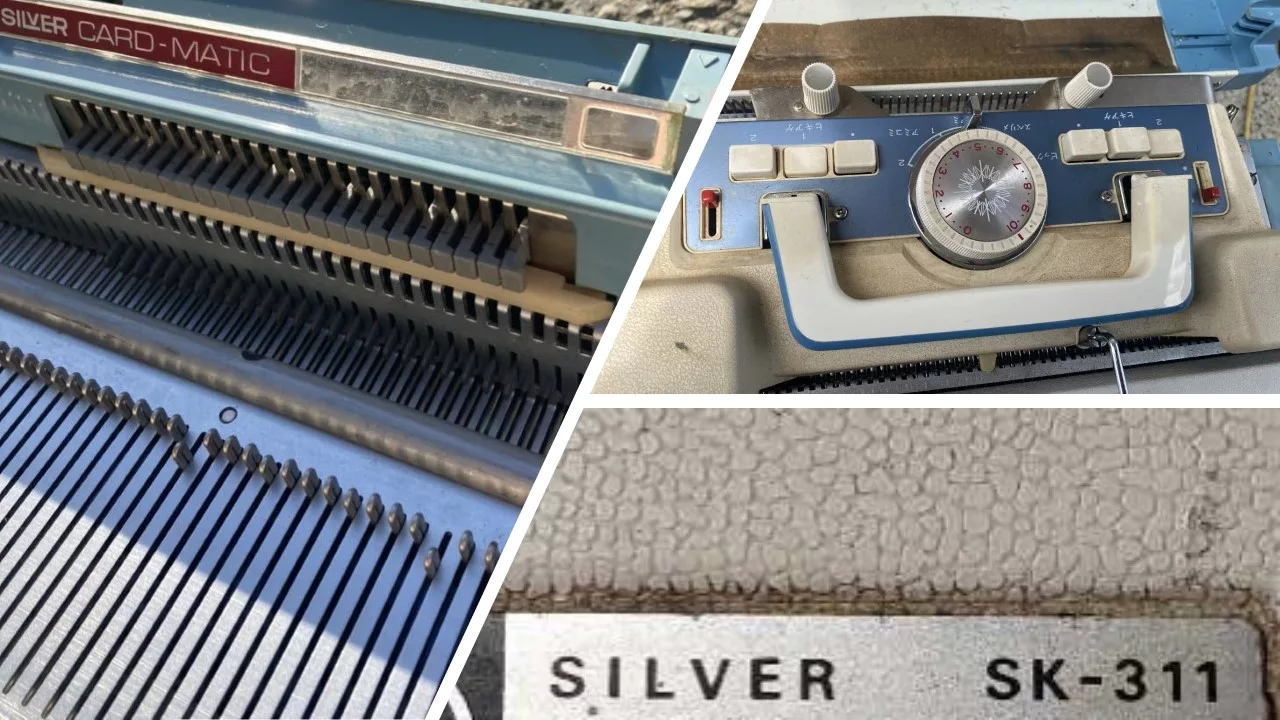
Silver SK-311 card-matic knitting machine
Silver SK-311 knitting machine first appeared on the market in the later 1960s. It might be the first machine capable of reading punchcards for automatic needle selection and patterning. In fact it is the first model (and so far as I’ve seen, the only) with the “card-matic” words in the name. Silver SK311 takes punchcards…
-

Silver SK-330 knitting machine
Silver SK-330 knitting machine very likely (due to several advanced features, discussed below) appeared on the market at the very beginning of the 1980s. Silver SK330 is a standard-gauge knitting machine with 200 needles, 4.5 mm apart, and punchcard reading and patterning capabilities. It has a built-in knit leader and other “more modern” features, similar…
-
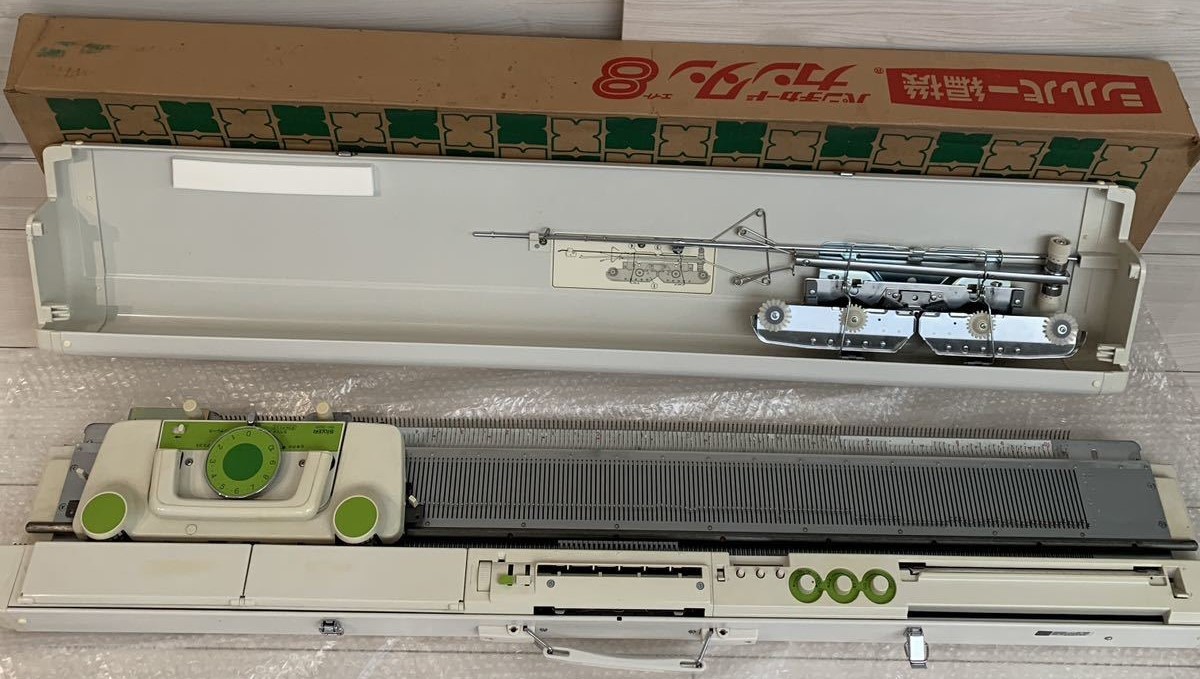
Silver SK-328 knitting machine
Silver SK328 knitting machine, a standard-gauge knitting machine with 200 needles, 4.5 mm apart, appeared on the market in 1978. It can automatically pattern (and select needles) using the punchcard reading mechanism. Silver SK328 has a built-in knit leader. Its unique color combination makes this machine stand out from previous models. This model is also…
-
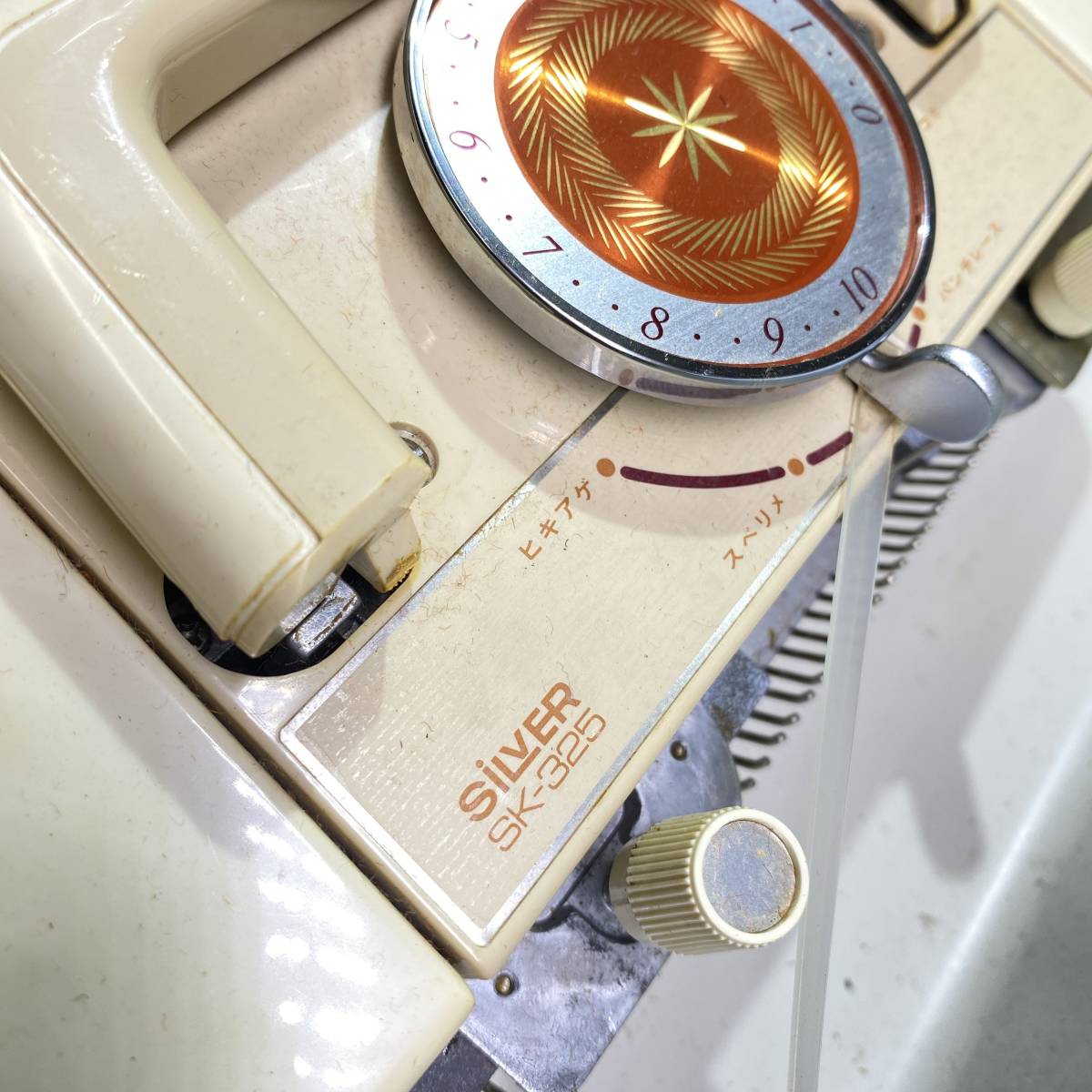
Silver SK-325 knitting machine
Silver SK-325 appeared on the market in the mid-1970s. It is a standard-gauge knitting machine, with 200 needles, 4.5 mm apart. Silver SK325 accepts punchcards to create patterns by mechanically selecting needles according to the holes in these punchcards. It is potentially the first model to have a built-in knit leader. Except for the color,…
-

Silver SK-326 knitting machine
Silver SK-326 appeared on the market in the mid-1970s. It is a standard-gauge knitting machine, with 200 needles, 4.5 mm apart. Silver SK326 accepts punchcards to create patterns by mechanically selecting needles according to the holes in these punchcards. Note that this model (unlike its earlier counterparts with just one lever) has two levers on…
-

Silver SK-327 knitting machine
Silver SK327 was released in the mid-to-late 1970s. It is a standard-gauge knitting machine with 200 needles, 4.5 mm apart. There are other knitting machines with the same model number but branded as Studio and/or Singer. It is very likely that Silver SK327 was released specifically for the Japanese markets (I can only find models…
-
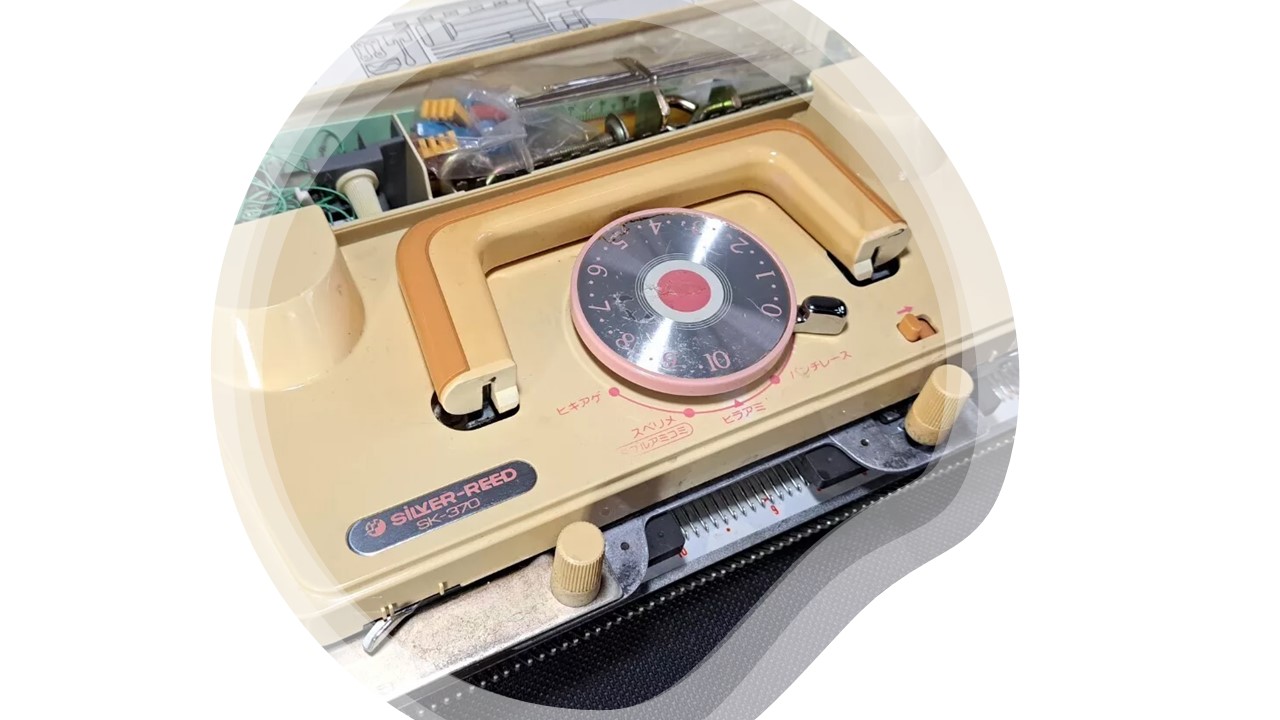
Silver Reed SK-370 knitting machine
Silver Reed SK370 knitting machine is a fine-gauge (3.6 mm between the needles) machine released to the market at the beginning of 1980s. It is capable of automatic patterning using a punchcard reading mechanism and needle selection. It also has a built-in knit leader. Fine gauge machines are hard to find because not many of…
-
Singer mod. 323 knitting machine
Singer mod. 323 knitting machine is a standard-gauge knitting machine manufactured in Japan and released to the Western markets in 1973. The machine has 200 needles, 4.5 apart. On some parts it shows as Singer mod. 323 and on the carriage as Singer MemoMatic 323. These names are interchangible. Singer mod. 323 is identical (except…
-

Studio mod. 700 knitting machine
Studio mod. 700 knitting machine is a standard-gauge knitting machine with 200 needles, 4.5 mm apart. It features a built-in knit leader, built-in intarsia functionality (special latch guides, included with a standard setup are needed), and a punch-card reading mechanism for automatic needle selection. This machine is virtually identical to the Singer MemoMatic 700 model,…
-
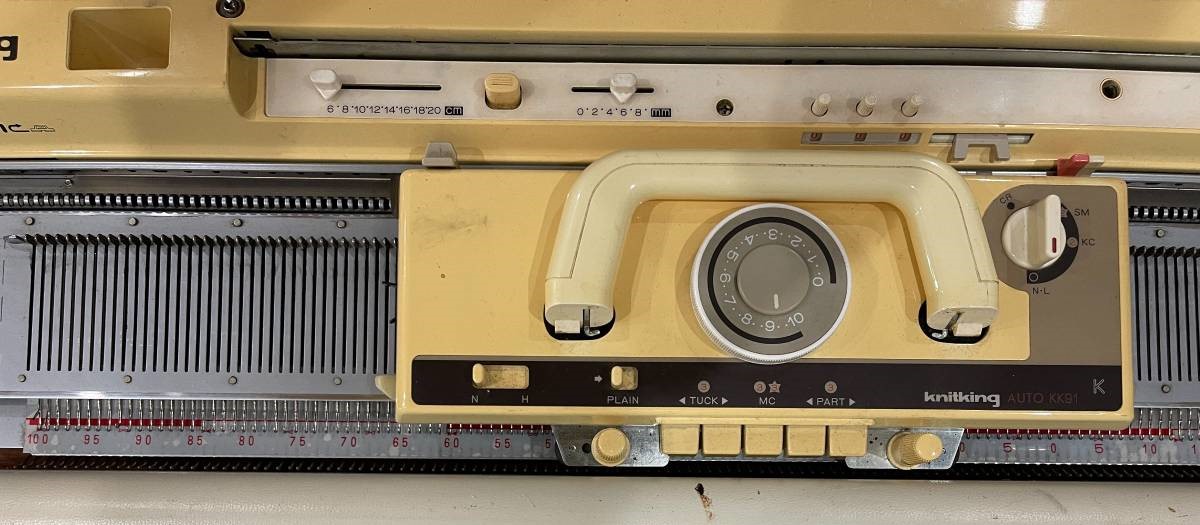
KnitKing AUTO KK91 knitting machine
The KnitKing KK91 knitting machine is a knitting machine manufactured by Brother but distributed under the KnitKing name. Thus, read a full article on the sister Brother KH891 machine.